Just remember, the more you spend, the more performance you can expect from your bike. Suspension and braking will improve significantly with price and the wheels and entire bike will be lighter. A "competition grade" mountain bike can be bought starting at $2500 and up. A true high-end mountain bike is usually sold above $5000.
More: It's More Than a Race, it's an Adventure
At the same time, please always remember that your cycling performance is 90 percent you and 10 percent your bike—the most expensive bike in the shop won't make you win a race. A strong rider can win any race with an $800 bike—but an $800 bike may not survive the abuse of many regular aggressive training and racing sessions.
In short, start with an affordable brand new bike and if you get hooked on mountain biking, sell it and upgrade to a bike in the "competition range" or better.
Get Your First Bike in a Bike Shop
A shop will usually sell you a bike with free basic maintenance for several months to a year. The shop will also carry the warranty on your parts and frame. If anything breaks on the bike—and it will—you won't have to deal with shipping the parts to an online store; your shop should be able to replace the parts quickly.
More: Adventure Racing 101: A Quick-Start Guide
Get a Bike That's the Right Size for You
Your first "real" mountain bike will certainly feel like it's too high or too long for you—that's how a bike made for riding long distance feels at first (if you're already a road cyclist you shouldn't have that problem).
Never let a store sell you a smaller size bike because it's "easier downhill." It's a method that a bike shop may use to sell their remaining stock, giving first-time buyers the false notion that a smaller bike was easier for the beginner to ride.
More: The Basics: Mountain Bike Skills You Need to Know
Hard-Tail Vs. Full Suspension
The question of choosing a hard-tail or full suspension bike for adventure racing is particularly relevant if you're on a tight budget. Get a hard-tail if you don't want to spend more than $2000; the money you're not spending in the rear shock and more complex frame design goes into the bike's components. At an equivalent price, a hard-tail will be a lighter and higher performing bike than a full suspension bike.
29-Inch Wheels
Increasingly, mountain bikes come with bigger wheels—29-inch diameter wheels instead of the traditional 26-inch wheels. A bike with 29-inch wheels is referred to as a "29er."
Larger wheels roll better over obstacles (bigger = more inertia). This will make the bike more stable on fast turns and will help you carry speed through rough patches of terrain. In general, a "29er" is ideal for the kind of riding you'll be doing in adventure racing.
The downside: 29ers are rarely made in small sizes and the bigger wheels add weight to the bike, which will affect you more the smaller you are.
Pedals
When you start riding you should use platform pedals. All entry-level bikes come with such pedals but the higher end bikes come without pedals and you'll need to buy your own.
Don't use toe straps with your platform pedals—when you're ready to upgrade you should go directly to clipless pedals.
More: Smooth Out Your Pedal Stroke
 Don't be scared. Register for an adventure race today.
Don't be scared. Register for an adventure race today.
- 2
- of
- 2


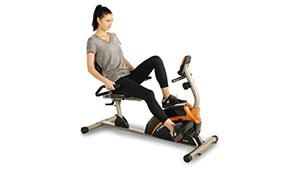
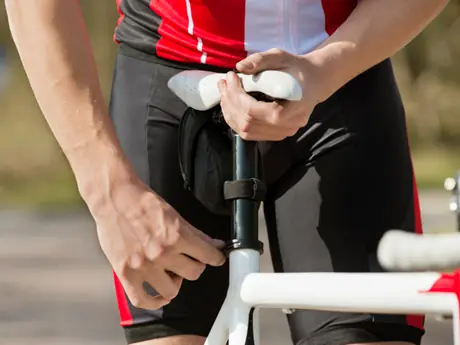
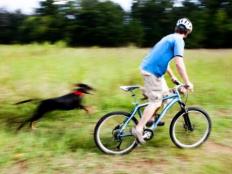
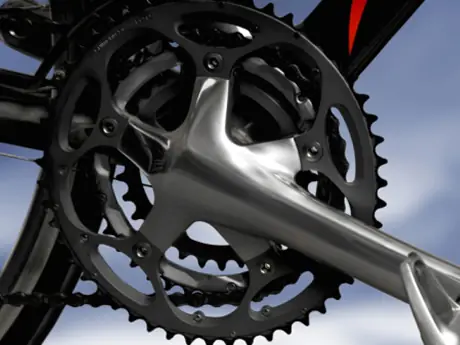
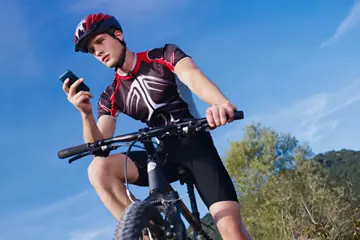
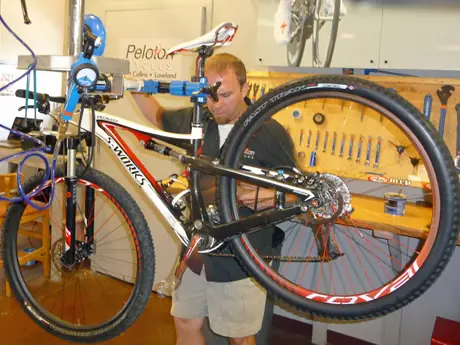
Discuss This Article